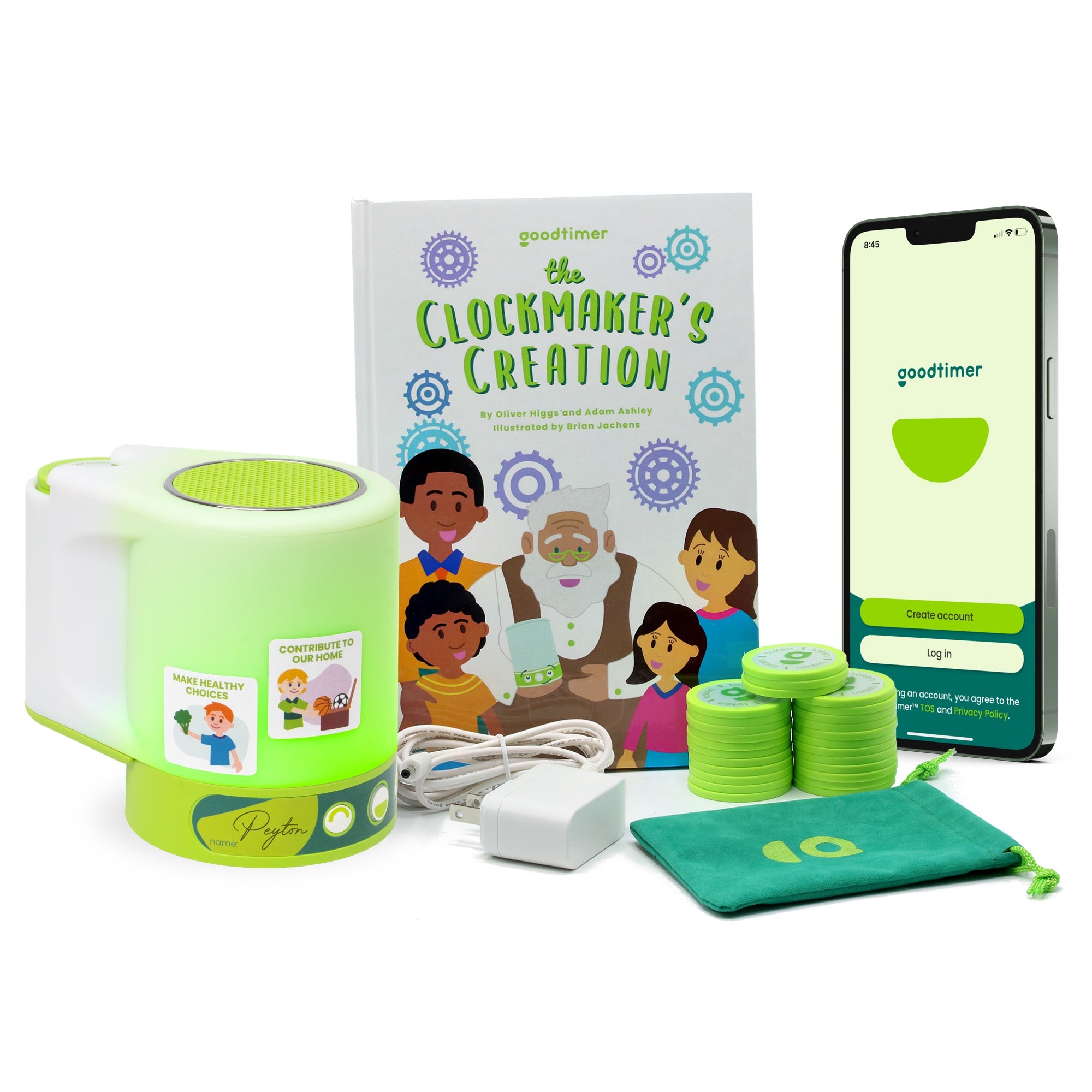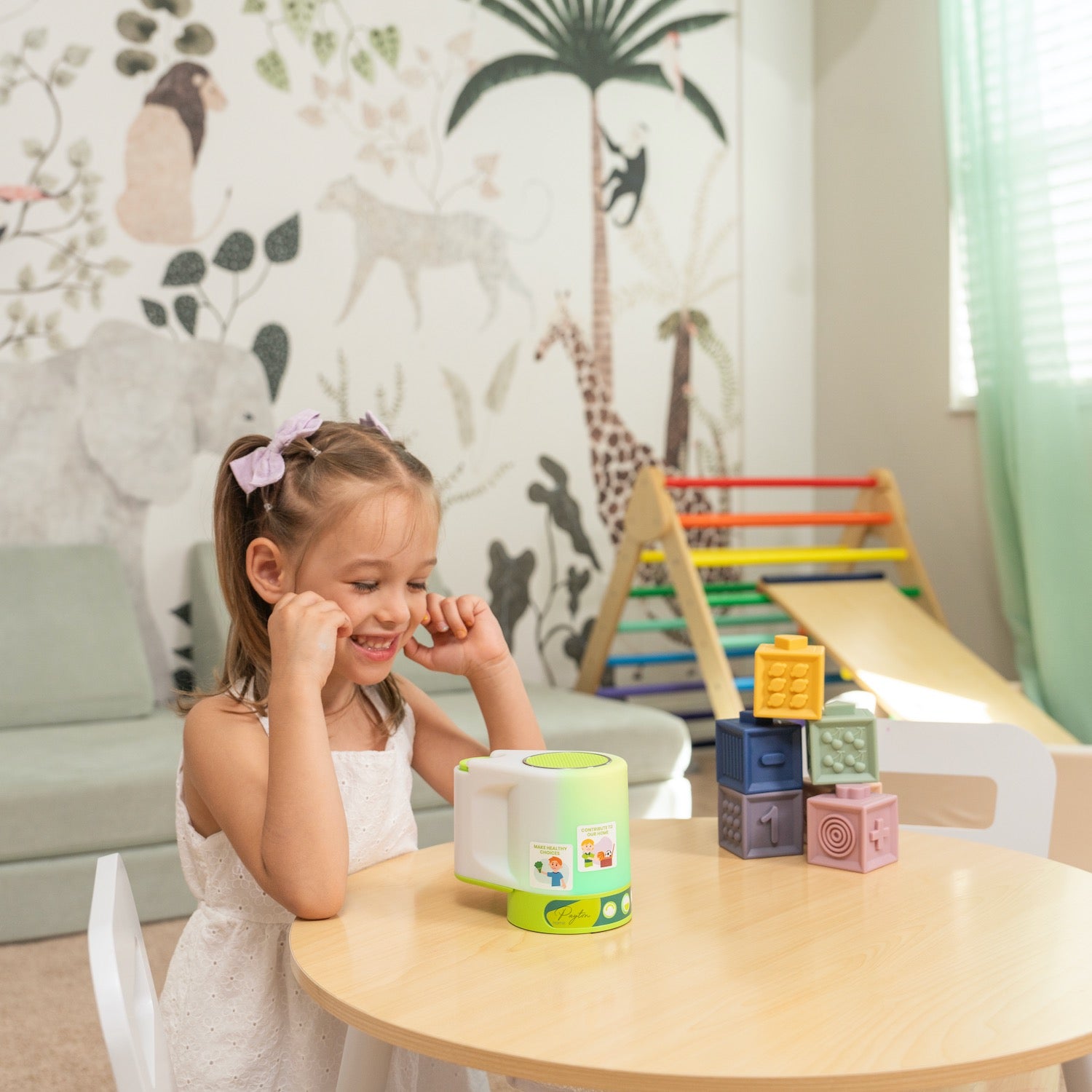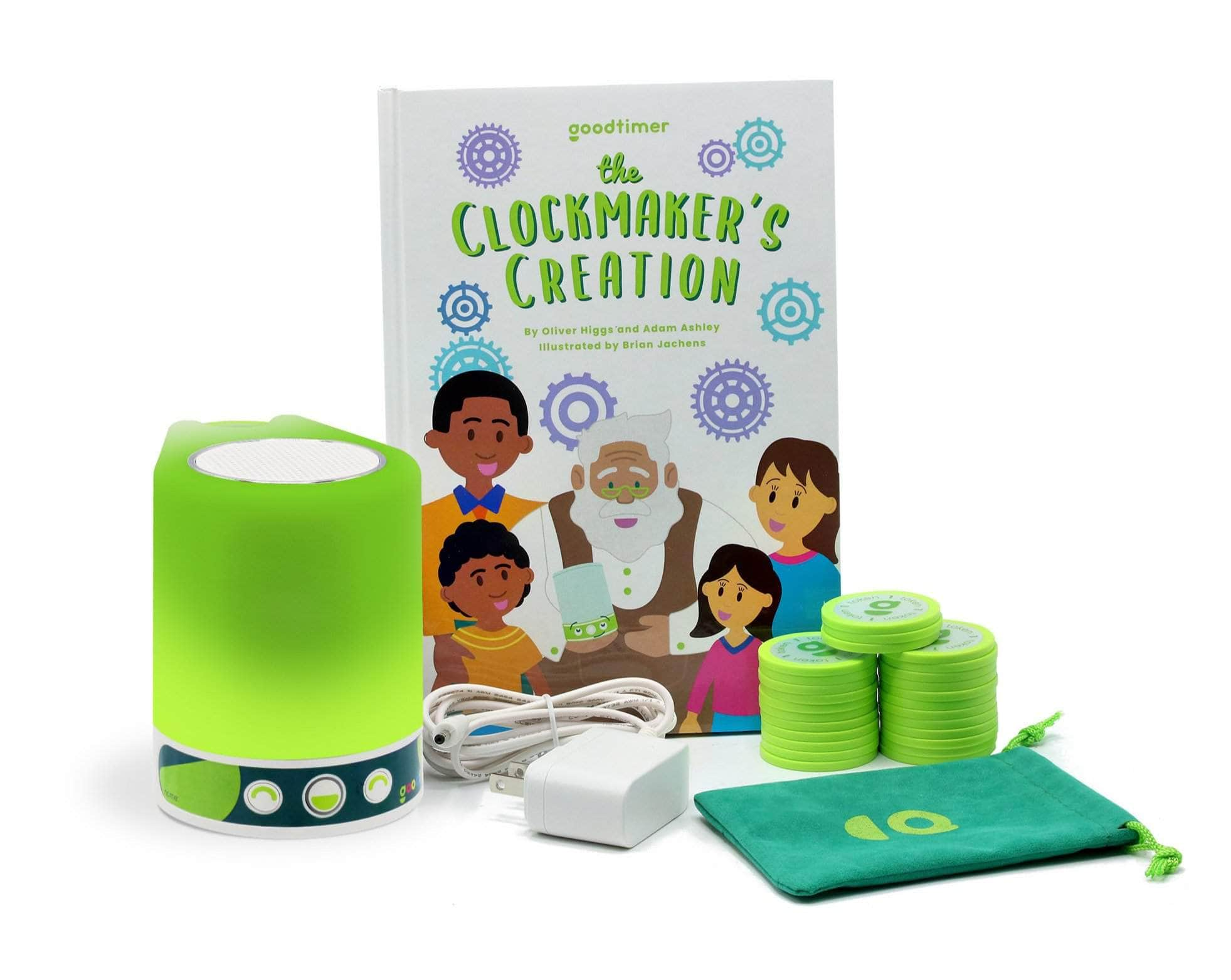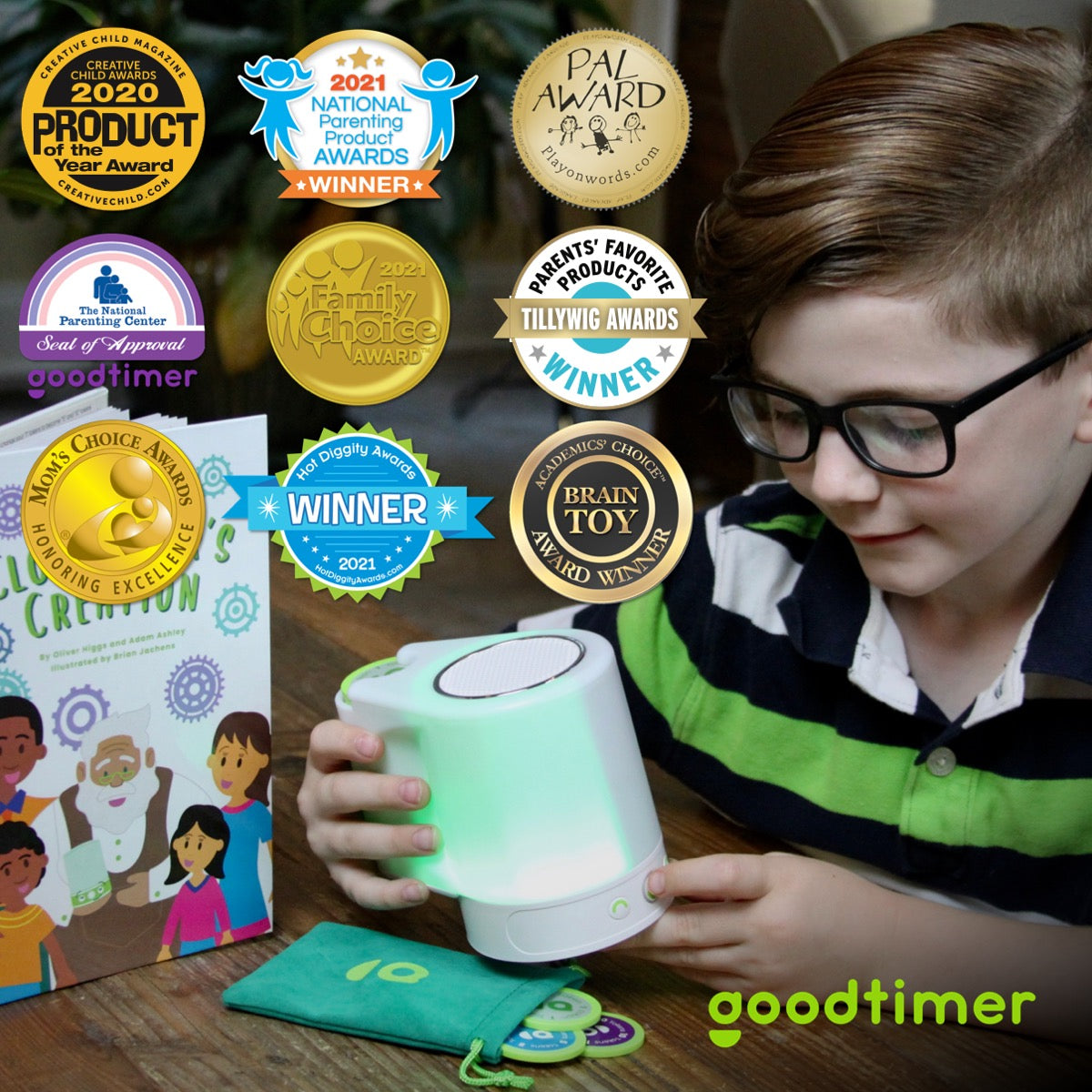“Moooooommm! Tommy hit me!!!” Does this sound familiar? If you have children, you probably know how frustrating it can be when one of your kids tattles on the other. Have no fear; this brief article provides a quick explanation about why kids tattle and has a great tip to help your family tackle tattling.
Why do kids tattle?
Usually, kids tattle when they recognize that their sibling has broken a house rule and they want to know that there will be a consequence for their behavior. Kids crave consistency and they want to make sure that the rules of the house are enforced. Although parents often cringe when they hear the “he said - she said,” tattling can actually be a good thing! When kids tattle, it means they understand the expectations of the house and this reinforces why it’s so important to have a clear set of house rules to make sure everyone is on the same page when it comes to expected behaviors.
This article from Psychology Today goes on to explain that “there’s a deeper reason behind children’s tattling: It’s an intermediate step in social development between direct, physical aggression and more sophisticated forms of interpersonal problem solving.” This is important to remember because young children inherently want to solve their problems but they haven’t developed the skills needed to do it on their own. As parents, if we understand why tattling occurs we can begin to teach our children the problem-solving skills needed to resolve conflicts without them needing to come to us.
Being a parent can be tough and there are times when the dinner is burning, the baby is crying, and the dog is barking at the back door and the last thing we want to hear is “she won’t let me have a turn!” In these stressful moments, wouldn’t it be great to have a helpful tip to address tattling?
This article from Imperfect Families includes a wonderful tip to help teach your kids the problem-solving skills they need to resolve their own conflicts so that they don’t have to tattle.
Tattling Tip - Be a Problem Solver
Imagine a situation where your younger child was playing and left a mess of toys after he was finished. Your older child walks by and since they understand the house rule of ‘Put the toys away after you play,’ they’ll come running to you to tattle on their younger sibling. When the older child comes to you, take a moment and ask them, “How can we be a problem solver to help in this situation?” Wait for their response, and if they need help you can try to encourage the older child to suggest playing a clean-up game with their younger sibling. This will help to keep everyone excited to follow the house rule, and help solve the problem of the messy playroom! More importantly, by encouraging your child to be a problem solver you're empowering them with the confidence that they can solve their problems on their own.
As your child begins to learn and practice their problem-solving skills, they will most likely require more of a "scaffold style" of support from you to help guide them. Eventually, their confidence will build as they make the connection of solving problems on their own, and your support can be weaned as they master the skill. This article includes some additional “problem solving” suggestions for different scenarios your child might tattle about. It shares and encourages a four-step model when educating kids to be problem solvers:
- Identify the problem
- Think about solutions
- Think about how solutions will impact others
- Try the solution
A Goodtimer is a great tool to encourage kids to follow your house rules and inspire them to have the autonomy to make great problem-solving decisions on their own. When you start using Goodtimer, you can use the included House Rules worksheet and include a rule to ‘be a problem solver’ and encourage your kids to stop tattling and start working with their siblings to solve their problems on their own. It might sound simple, but given some time your kids will stop tattling and start solving their problems on their own and you won’t have to constantly be the judge and jury dolling out punishments for rule-breakers.
Teaching our kids to solve problems on their own isn’t easy, but with patience and useful tools like Goodtimer, it’s possible to teach our kids to resolve their conflicts without our help. Taking a moment to address tattling when it occurs and encourage your kids to be independent problem-solvers will help to eliminate tattling and set them up for success in the future.
Watch the Video:










1 comment
When we think a child might be tattling, we should start by validating their feelings about the situation. “I can tell that it really bothered you when Amy took a cupcake after I told you guys not to. It would’ve bothered me if I saw Uncle Gary take a cupcake after we were told not to.” We should then ask the child questions like these.
“Are you telling an adult about this because you are concerned about your own safety?”
“Are you telling an adult about this because you are concerned about somebody else’s safety?”
“Does it look like the other person will get into more serious trouble if you DO tell an adult, or if you DON’T tell an adult?”
“Are you injured or sick?”
“Are you concerned that somebody else might be injured or sick?”
“Have you tried handling the problem yourself?”
If yes, “have you been successful?”
“Are there any alternatives?”
The reason I worded my questions as, “telling an adult,” instead of, “telling me,” is because I want children to understand that this criteria applies when telling ANY adult, and not just that particular adult. Some children (especially younger children and children with certain disabilities) might inform an adult about even the most minor incidents, because they want to make sure that everybody is doing as they are supposed to. Other children (especially older children and children with certain disabilities) might not inform an adult even the most serious violations, because they think that doing so is tattling, and are very concerned about the social implications of doing so. Some children (especially those in the latter group) might even refer to people who do tell on others as “tattletales,” “snitches,” or similar terms, no matter how severe the incident is, or how often the person tells on people. Unfortunately, it’s too easy for adults to just tell children things like, “that’s snitching,” “don’t tattle,” “people don’t like to be told on,” “I don’t want to hear about that,” “talk to (add name here),” among similar statements. However, this is likely to discourage children from ever reporting even the most serious infractions in the future. On the other hand, it is also too easy for adults to simply allow children to inform them of even the most minor issues. However, this can lead to loss of friendships, as well as problems with classmates, siblings, teachers, and later, coworkers and bosses. This is why we must teach children the difference between saying, “he took more than his fair share of the muffins,” and saying, “she is throwing rocks at the neighbor’s dog.”
Leave a comment